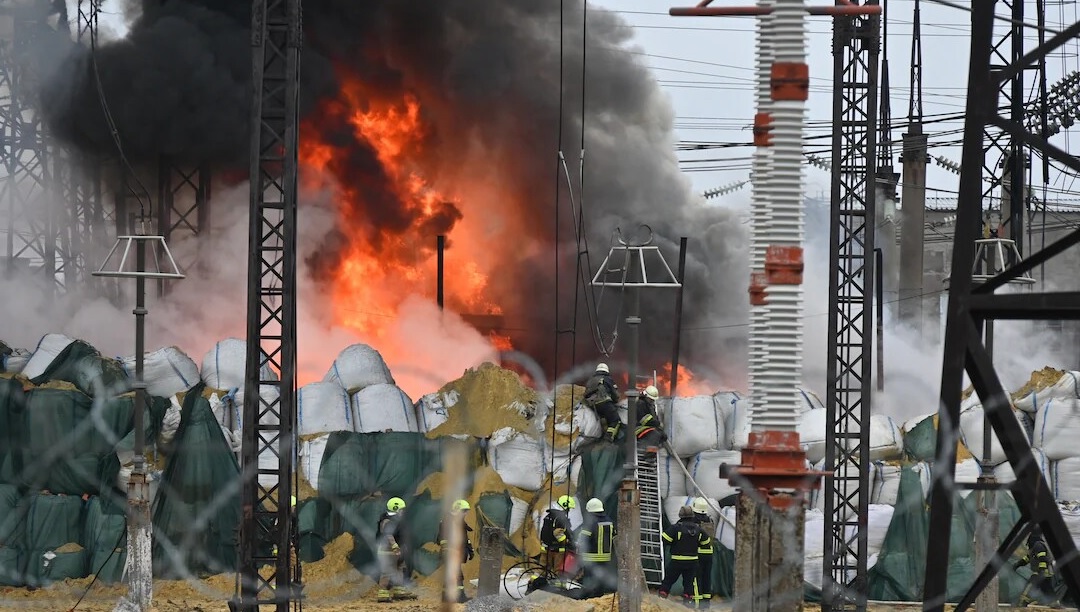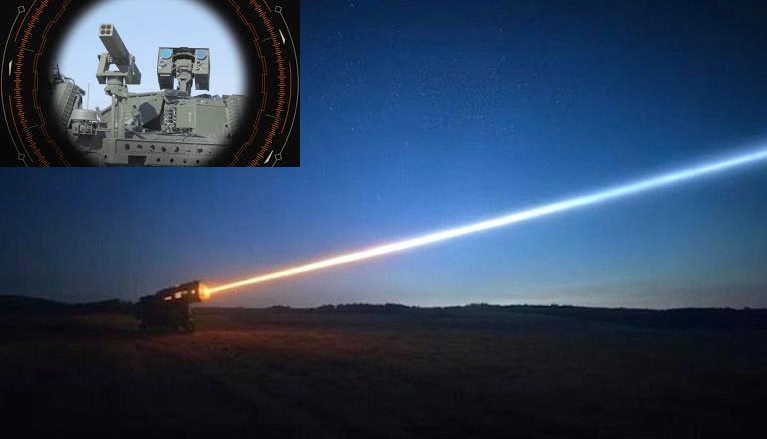Ukraine’s Strikes Hit Russian Military Factories and Energy Hubs

In a significant escalation of hostilities, Ukraine launched a series of missile and drone strikes on key military and energy infrastructure deep within Russian territory. Early Tuesday, explosions rocked chemical plants, oil refineries, and warehouses across several regions of Russia, marking one of the most extensive attacks since the conflict began. The strikes highlight Ukraine’s increasing capability to target strategic assets far from the frontline, shaking Russia's confidence in its internal security.
The Targets and Impact
The attacks were aimed at Russia’s military-industrial complex and energy facilities, causing significant disruptions. Notable incidents included:
-
Chemical Plants in Tula and Bryansk Regions: These facilities are crucial for producing rocket fuel and explosives for the Russian military. Reports indicate that Ukraine’s missiles successfully hit a plant near the town of Seltso, over 100 kilometers from the border.
-
Oil Refinery and Arms Depot in Saratov Region: Located more than 600 kilometers southeast of Moscow, this refinery and depot play a vital role in Russia’s logistics and energy supply chain.
-
Gas Storage Facility in Tatarstan: A drone strike on a liquefied gas storage base near Kazan led to massive flames and thick smoke, raising concerns over energy security.
Regional governor Roman Busargin described the scale of the attack as "massive," leading to school closures in Saratov and Engels.
Weaponry and Execution
Ukraine employed a mix of US-supplied ATACMS missiles, British Storm Shadow cruise missiles, and domestically manufactured drones. The Ukrainian military’s Unmanned Systems Forces confirmed that drones successfully distracted Russian air defenses, enabling missiles to strike their targets with precision.
Russia’s defense ministry claimed to have intercepted six ATACMS and six Storm Shadow missiles, but the effectiveness of Ukraine’s strategy was evident in the widespread damage.
Strategic Implications
Ukraine’s strikes go beyond retaliation for Russia’s persistent targeting of its energy grid. Each attack weakens Russia’s war machinery, disrupting its supply of ammunition, fuel, and other essential resources. An SBU source stated, "Each damaged ammunition depot, oil refinery, or chemical plant is a painful blow to Russia's ability to wage war in Ukraine."
These "painful strikes" also serve as a morale booster for Ukrainian forces, which have faced intense battles along the frontlines, particularly in the Donetsk region.
Russia’s Response and Ongoing Conflict
The Russian military vowed to respond to the attacks, labeling them as provocations supported by Western nations. However, the strikes have exposed vulnerabilities in Russia’s air defense systems, even in regions far from the border.
Meanwhile, Russia’s offensive continues in eastern Ukraine, with Moscow claiming to have re-captured two villages, Neskuchne and Terny, that Ukraine had previously liberated.
Broader Context and International Concerns
The timing of the attacks comes ahead of a potential shift in US policy, as President-elect Donald Trump prepares to take office. Trump has expressed his intent to end the conflict swiftly, raising concerns in Kyiv about potential pressure to concede territory in exchange for peace.
Conclusion
Ukraine’s overnight barrage on Russian facilities underscores its evolving military strategy and growing capacity to strike deep into enemy territory. While these attacks disrupt Russia’s war efforts, they also highlight the persistent volatility of the conflict. As the war enters another critical phase, the balance of power and international diplomacy will play a crucial role in shaping its future trajectory.
Title Suggestion for Google Index:
"Ukraine Hits Russian Military Factories and Energy Hubs in Major Missile and Drone Offensive"



